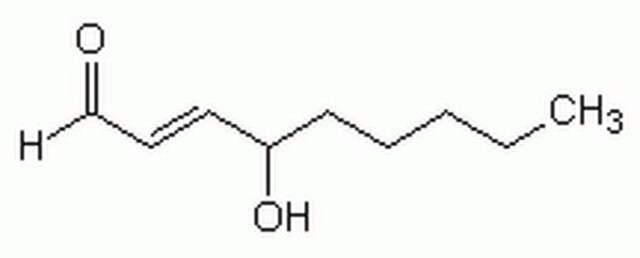Wichtige Dokumente
494518
Ethylacetat
biotech. grade, ≥99.8%
Synonym(e):
EtOAc
About This Item
Empfohlene Produkte
Qualität
biotech. grade
Qualitätsniveau
Dampfdichte
3 (20 °C, vs air)
Dampfdruck
73 mmHg ( 20 °C)
Assay
≥99.8%
Form
liquid
Selbstzündungstemp.
801 °F
Expl.-Gr.
2.2-11.5 %, 38 °F
Verunreinigungen
≤0.0009 meq/g Titr. acid
<0.01% water
Abdampfrückstand
<0.0003%
Brechungsindex
n20/D 1.3720 (lit.)
bp
76.5-77.5 °C (lit.)
mp (Schmelzpunkt)
−84 °C (lit.)
Löslichkeit
alcohol: soluble(lit.)
water: soluble(lit.)
Dichte
0.902 g/mL at 25 °C (lit.)
λ
H2O reference
UV-Absorption
λ: 254 nm Amax: 1.00
λ: 263 nm Amax: 0.05
λ: 275-400 nm Amax: 0.01
Format
neat
SMILES String
CCOC(C)=O
InChI
1S/C4H8O2/c1-3-6-4(2)5/h3H2,1-2H3
InChIKey
XEKOWRVHYACXOJ-UHFFFAOYSA-N
Suchen Sie nach ähnlichen Produkten? Aufrufen Leitfaden zum Produktvergleich
Allgemeine Beschreibung
Anwendung
- Preparation of thin films of TiO2 (titanium dioxide) on glass.
- As an extraction medium in the multi-residue analysis of pesticide residues in fruit and vegetables.
- Acetylation of primary amines to form amides in the presence of dimethyltin(IV) acetic acid distannoxane.
Signalwort
Danger
H-Sätze
Gefahreneinstufungen
Eye Irrit. 2 - Flam. Liq. 2 - STOT SE 3
Zielorgane
Central nervous system
Zusätzliche Gefahrenhinweise
Lagerklassenschlüssel
3 - Flammable liquids
WGK
WGK 1
Flammpunkt (°F)
24.8 °F - closed cup
Flammpunkt (°C)
-4 °C - closed cup
Hier finden Sie alle aktuellen Versionen:
Besitzen Sie dieses Produkt bereits?
In der Dokumentenbibliothek finden Sie die Dokumentation zu den Produkten, die Sie kürzlich erworben haben.
Kunden haben sich ebenfalls angesehen
Unser Team von Wissenschaftlern verfügt über Erfahrung in allen Forschungsbereichen einschließlich Life Science, Materialwissenschaften, chemischer Synthese, Chromatographie, Analytik und vielen mehr..
Setzen Sie sich mit dem technischen Dienst in Verbindung.






